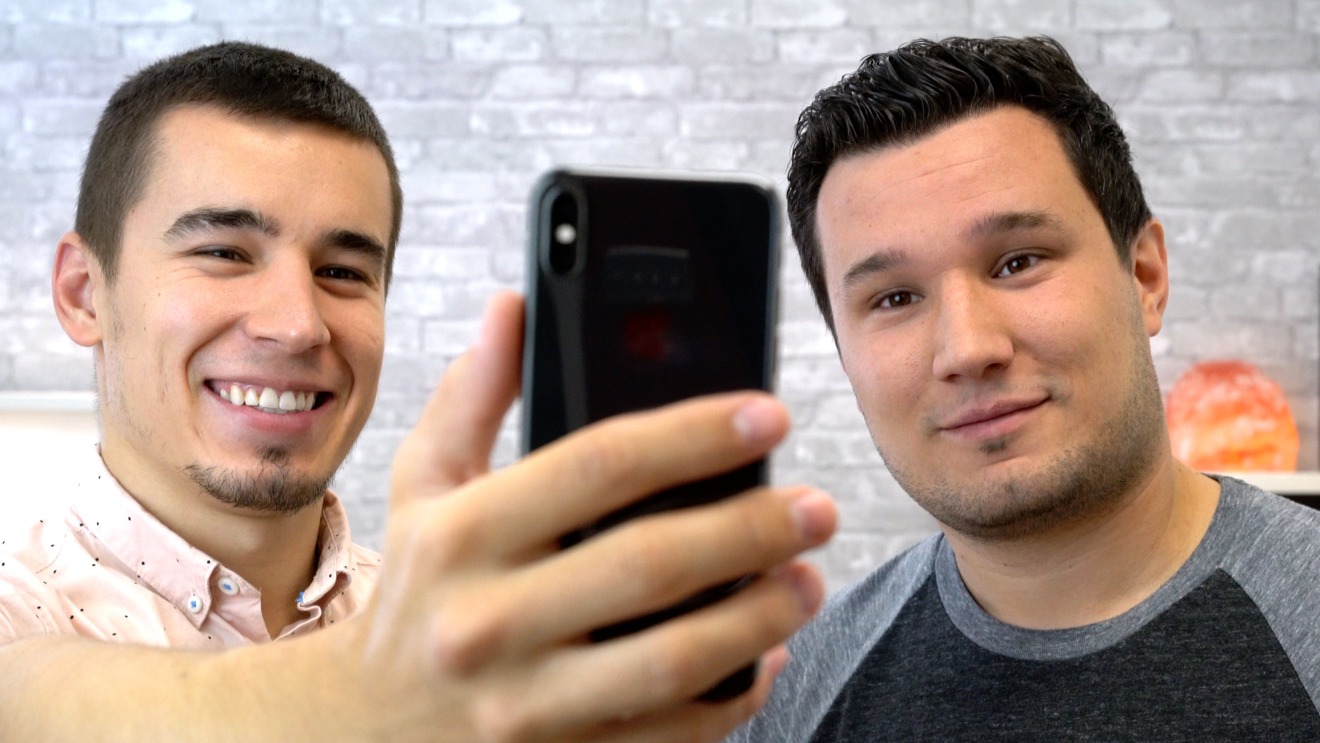Though it went unannounced at Apple's WWDC 2018 keynote on Monday, the first iOS 12 beta allows two different people to register their face with Face ID on iPhone X, addressing in part one of the biggest downsides of Apple's new biometric authentication technology.
Face ID has been an absolute joy to use since it launched with the iPhone X. The technology is fast, seamless and, most importantly, highly secure — a major improvement over fingerprint-based Touch ID systems in use on iPhone 8, iPad and MacBook Pro.
One of its weaknesses, however, is that users can only set up one face (their own) as the handset's registered user. Touch ID, on the other hand, allows users to store up to five fingerprints, a feature some owners use to share their device with family members.
With iOS 12, Apple has added an option in Face ID & Passcode settings labeled "Set Up an Alternate Appearance." It's described as an option to enroll an alternate look, one that complements the main face that's assigned to unlock a target iPhone. Like multiple fingerprints with Touch ID, support for two "looks" on iPhone X is a perfect workaround for adding a second registered user.
It should be noted that the feature is technically a fix for iPhone X owners who run into trouble with Face ID, not official support for multiple users. For example, the "alternate look" option might be used to compensate for extremely strong prescription lenses that distort the laser dot pattern emitted by TrueDepth's vertical-cavity surface-emitting laser, or VCSEL, which in turn causes the authentication process to fail.
That said, we were able to set up Face ID with two users, a woman and a man, who look nothing alike. The process completed without a hitch and both users now have the ability to unlock the same iPhone X using Face ID.
If you end up resetting Face ID, it's worth noting that both faces will need to be registered again to work properly.
 AppleInsider Staff
AppleInsider Staff







-m.jpg)






 Marko Zivkovic
Marko Zivkovic
 Mike Wuerthele
Mike Wuerthele
 Christine McKee
Christine McKee
 Amber Neely
Amber Neely
 Sponsored Content
Sponsored Content
 Wesley Hilliard
Wesley Hilliard

 William Gallagher
William Gallagher









18 Comments
I would suspect that setting up FaceID with two totally different faces with little to nothing in common would severely impact the security of the feature. As the article mentions this is intended to fix problems with a specific face having minor recognition issues (ie the glasses) but overall similarities, but probably not wholesale changes. My guess is that faces that belong to neither of you will be far more likely to successfully unlock your phone
Prescription lenses cause problems with Face ID? How about contact lenses? Or nose rings? Or false teeth? Or a wood eye?